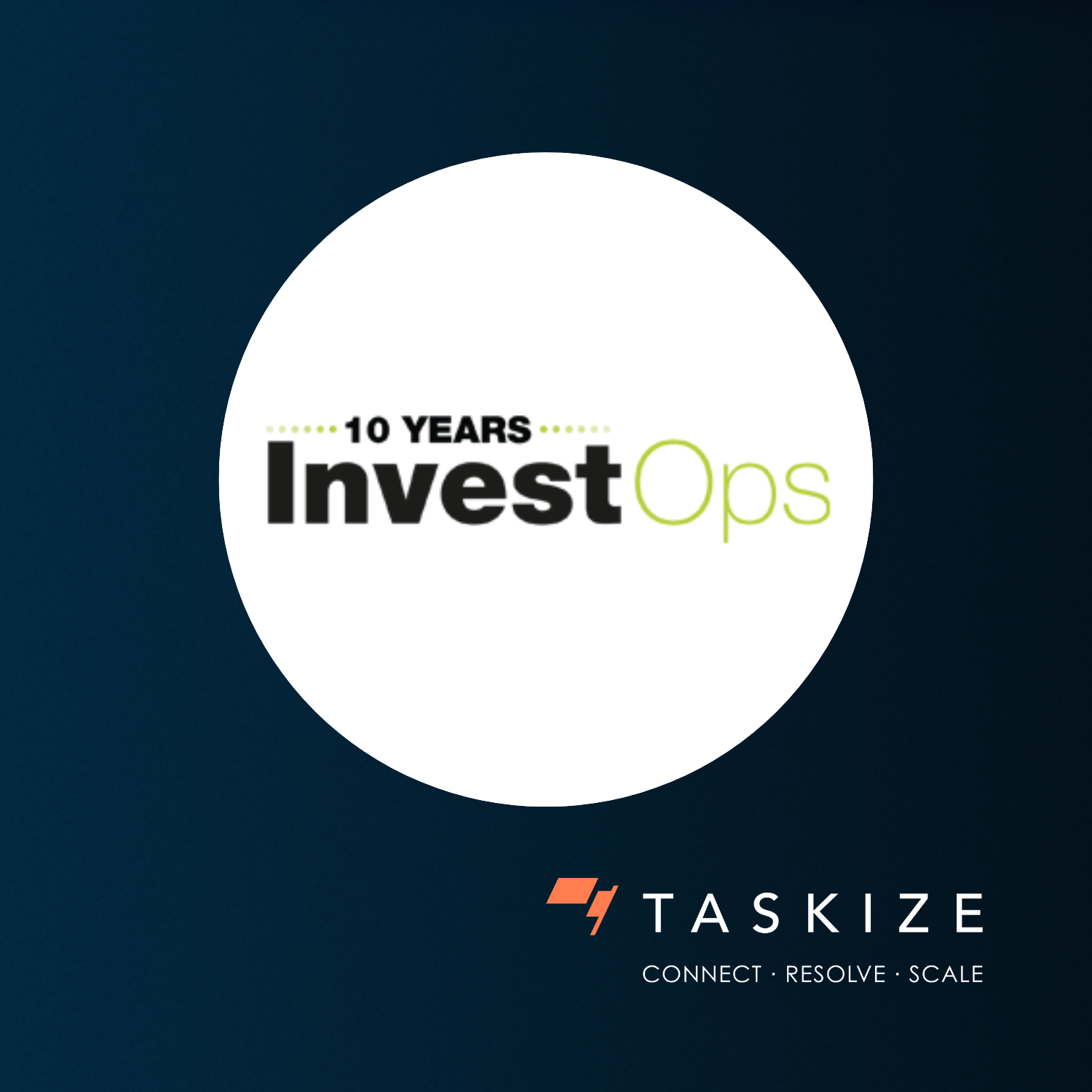Client Q&A – Euroclear Collateral Client Services’ Bertrand Hanappe
How is Taskize reshaping Euroclear’s Collateral Management Services?
Taskize at Euroclear’s Collateral Conference 2025
Taskize played an integral part in our parent company, Euroclear’s Collateral Conference – the premier event for the col …
Looking back at 2025 – to roadmap the future of post-trade ops
The imminent arrival of T+1 in Europe and the industry’s ongoing digital transformation agenda dominated the conversatio …
10 Tactical Steps Towards T+1, From 10 Leading Voices in Financial Services
In two years from now, T+1 settlements will be live across most of Europe. In the interim, financial institutions – incl …
Data and automation prove key to enabling T+1
The long, hard march towards T+1 settlements in Europe keeps grinding on.
Driving the future of investment ops: Taskize’s 5 key takeaways from InvestOps Europe 2025
Taskize recently attended InvestOps Europe 2025 in Paris – the world’s leading buy-side investment operations conference …
T+1 takes precedent at PostTrade 360°
In two years from now, T+1 settlements will be live across most of Europe.
A Seamless Pre-Trade Experience is the Path to T+1 Compliance
Starting on 11 October 2027, T+1 settlements will become the market norm in Europe, and despite this fast-encroaching de …
Taskize at Sibos 2025 – Highlights from Day Two
Three discussion points, and three actions arising…. Whether you’re Frankfurt-based or Sibos-scrolling online, take a mo …
Taskize at Sibos 2025 – Highlights from Day One
Two inspiring panels, one video interview and the launch of a white paper in collaboration with Microsoft and Euroclear. …




